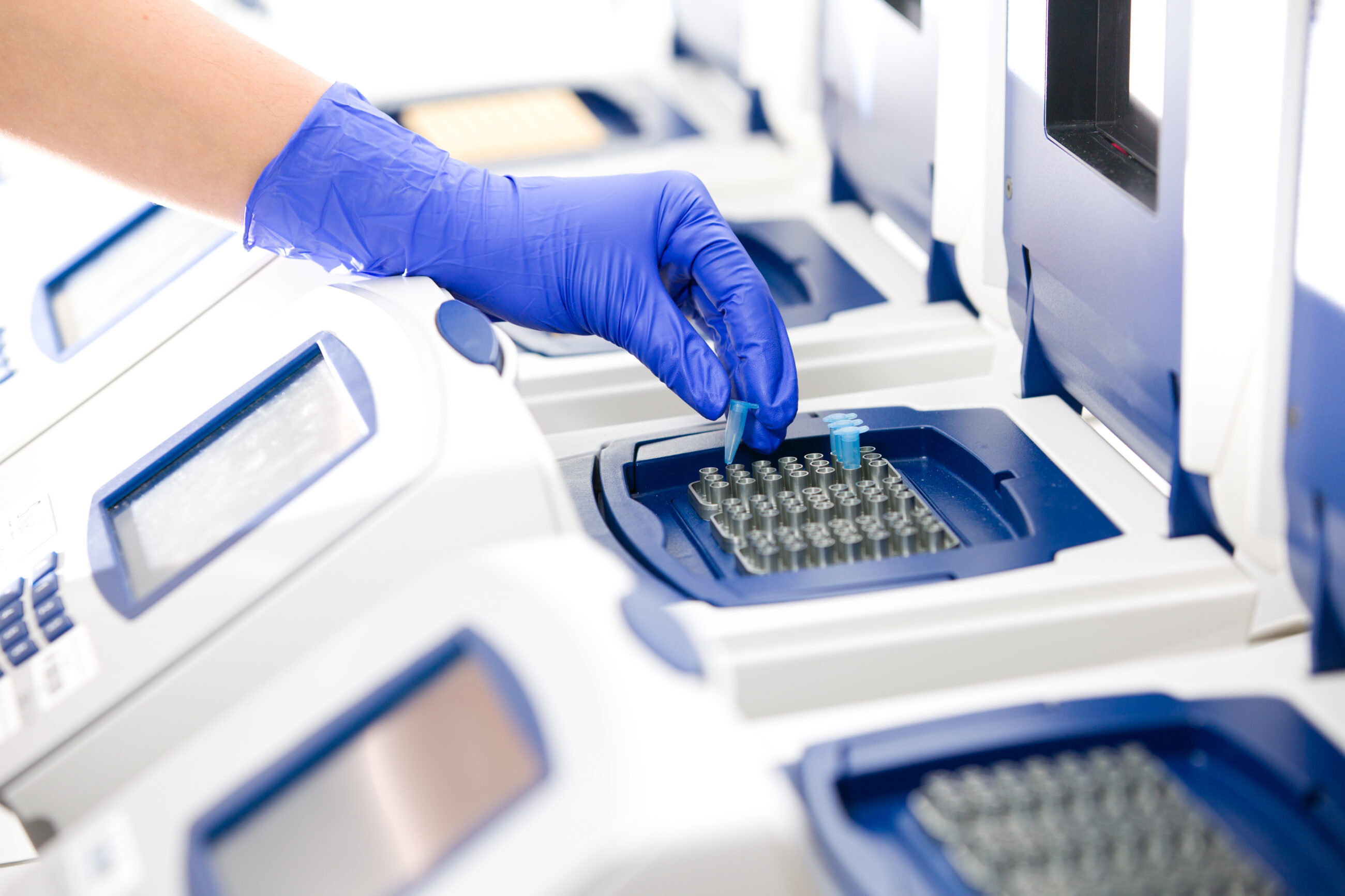
Mouth Swabs versus Blood Samples for DNA Testing
A lot of people are surprised (and often relieved) to discover that we don’t routinely use blood samples for our peace-of-mind parentage, legally admissible parentage or kinship tests. Instead, we use swabs from inside the mouth that are transferred to archival paper. Here’s why…
Mouth swabs, also known as buccal swabs, are an easy, painless and non-invasive method for collecting DNA samples. As any parent will agree, kids love putting things in their mouths. Needles, not so much! There’s also no difference in the results obtained from a mouth swab compared to a blood sample because your DNA is the same in all the cells of your body.
The process involves rubbing a foam headed swab that looks like a lollipop against the inside of the cheeks and gumline to collect saliva and cells. The swab head is then pressed onto a collection card to transfer the DNA for easy transport and storage. Once the sample is transferred, the paper will turn from pink to white. You can see how this happens by checking out our page on How to use the testing kit.
The archival paper on the collection card locks the DNA into it’s fibres for safe keeping. The paper protects the DNA from bacteria and fungi that could potentially damage the sample, and it allows the sample to be shipped by regular mail without any special storage requirements.
Because of these reasons, generally the only time we will use blood for paternity testing is if the alleged father or mother has passed away and a blood sample was collected at autopsy.
If you would like to know more about the collection process, please call us on 1300 114 294 or email us at [email protected].
















